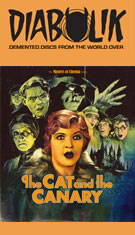
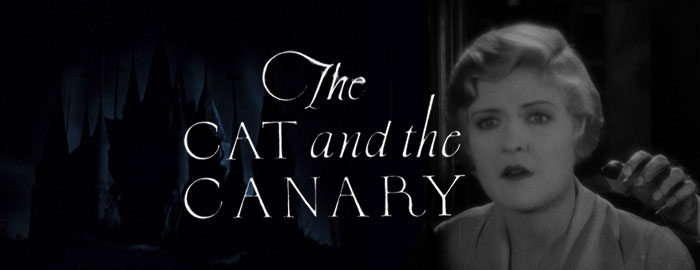


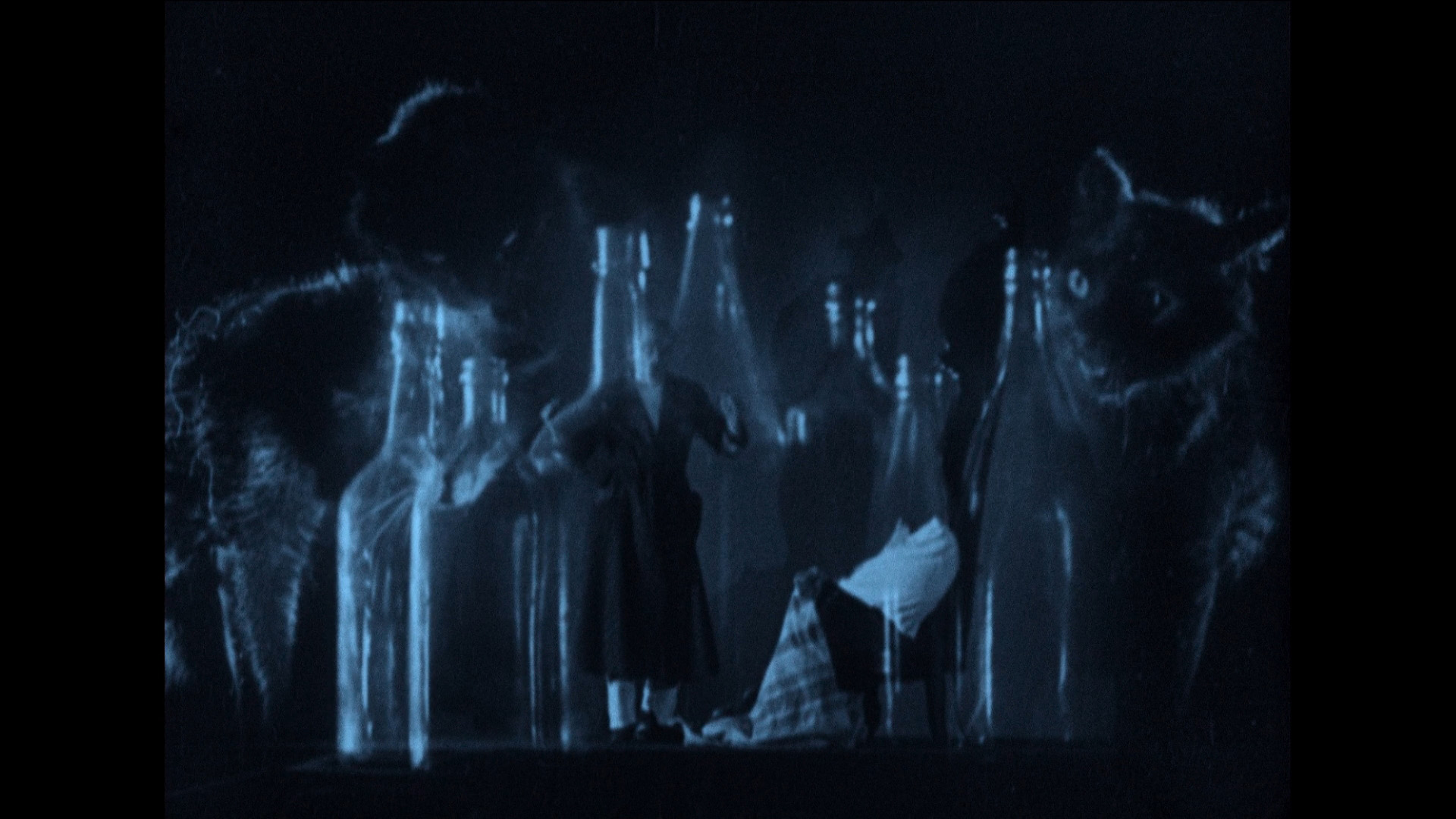 comprehensive horror book or online overview that doesn't give its
comprehensive horror book or online overview that doesn't give its 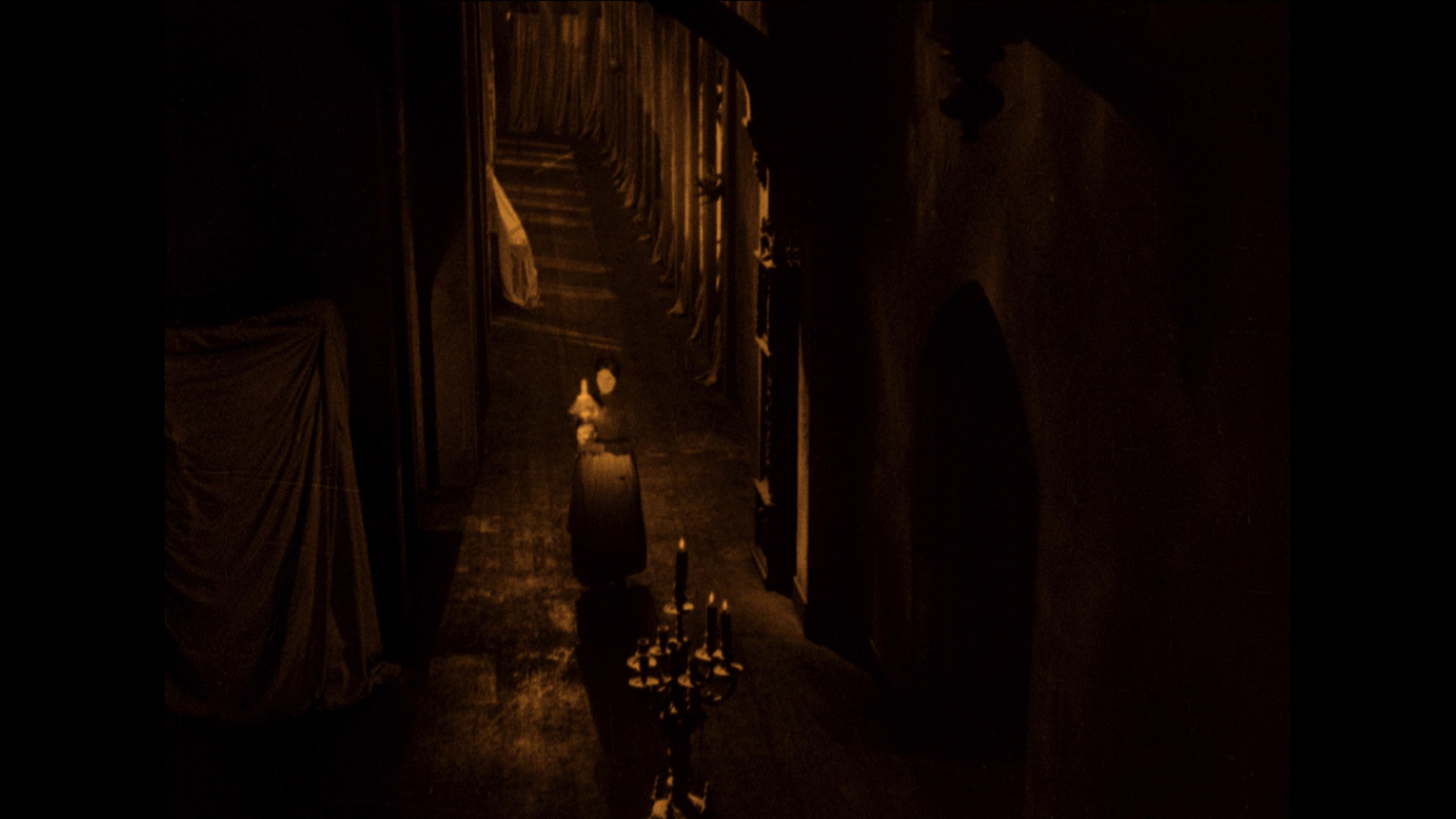 due to The Cat and the Canary, Hollywood's biggest old dark house hit of the silent era and the source of tantalizing stills involving clutching hands and cavernous hallways. The film marked an auspicious stateside debut for German filmmaker Paul Leni, who had impressed Universal head Carl Laemmle with his stylish horror film, Waxworks. This adaptation of a brisk, gimmicky, and horror-laced mystery stage play by John Willard enlivened the material with considerable visual panache, setting a template that would be followed by numerous similar films and multiple official remakes (most notably as a Bob Hope / Paulette Goddard vehicle in 1939 and an all-star Radley Metzger version in 1978. Every element of this story including a reading of a will, a sinister housekeeper, and a rising body count has been assimilated into countless later films, but this one is already quite self-aware and funny with its tweaking of genre conventions. Unfortunately Leni passed away at the young age of 44 at the very end of the silent era, leaving behind a brief but important body of work including two subsequent American horror gems, The Man Who Laughs and The Last Warning.
due to The Cat and the Canary, Hollywood's biggest old dark house hit of the silent era and the source of tantalizing stills involving clutching hands and cavernous hallways. The film marked an auspicious stateside debut for German filmmaker Paul Leni, who had impressed Universal head Carl Laemmle with his stylish horror film, Waxworks. This adaptation of a brisk, gimmicky, and horror-laced mystery stage play by John Willard enlivened the material with considerable visual panache, setting a template that would be followed by numerous similar films and multiple official remakes (most notably as a Bob Hope / Paulette Goddard vehicle in 1939 and an all-star Radley Metzger version in 1978. Every element of this story including a reading of a will, a sinister housekeeper, and a rising body count has been assimilated into countless later films, but this one is already quite self-aware and funny with its tweaking of genre conventions. Unfortunately Leni passed away at the young age of 44 at the very end of the silent era, leaving behind a brief but important body of work including two subsequent American horror gems, The Man Who Laughs and The Last Warning.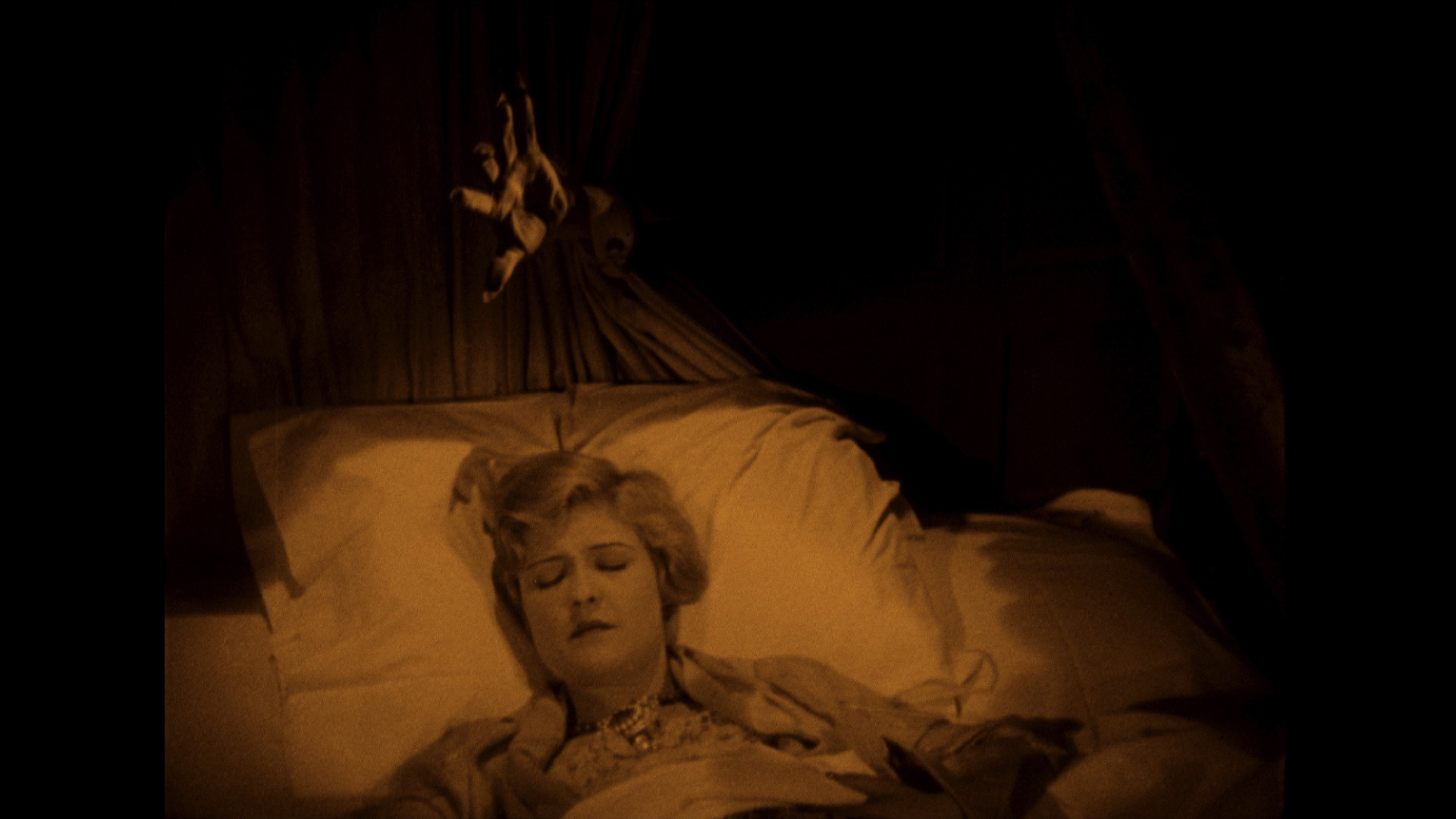 decades after his death before his will can be taken out of a safe and read by family attorney Roger Crosby (Marshall). When the time comes, the lawyer reunites with the stern housekeeper, Mammy Pleasant (Mattox), and is startled to find a living moth and a second will inside
decades after his death before his will can be taken out of a safe and read by family attorney Roger Crosby (Marshall). When the time comes, the lawyer reunites with the stern housekeeper, Mammy Pleasant (Mattox), and is startled to find a living moth and a second will inside 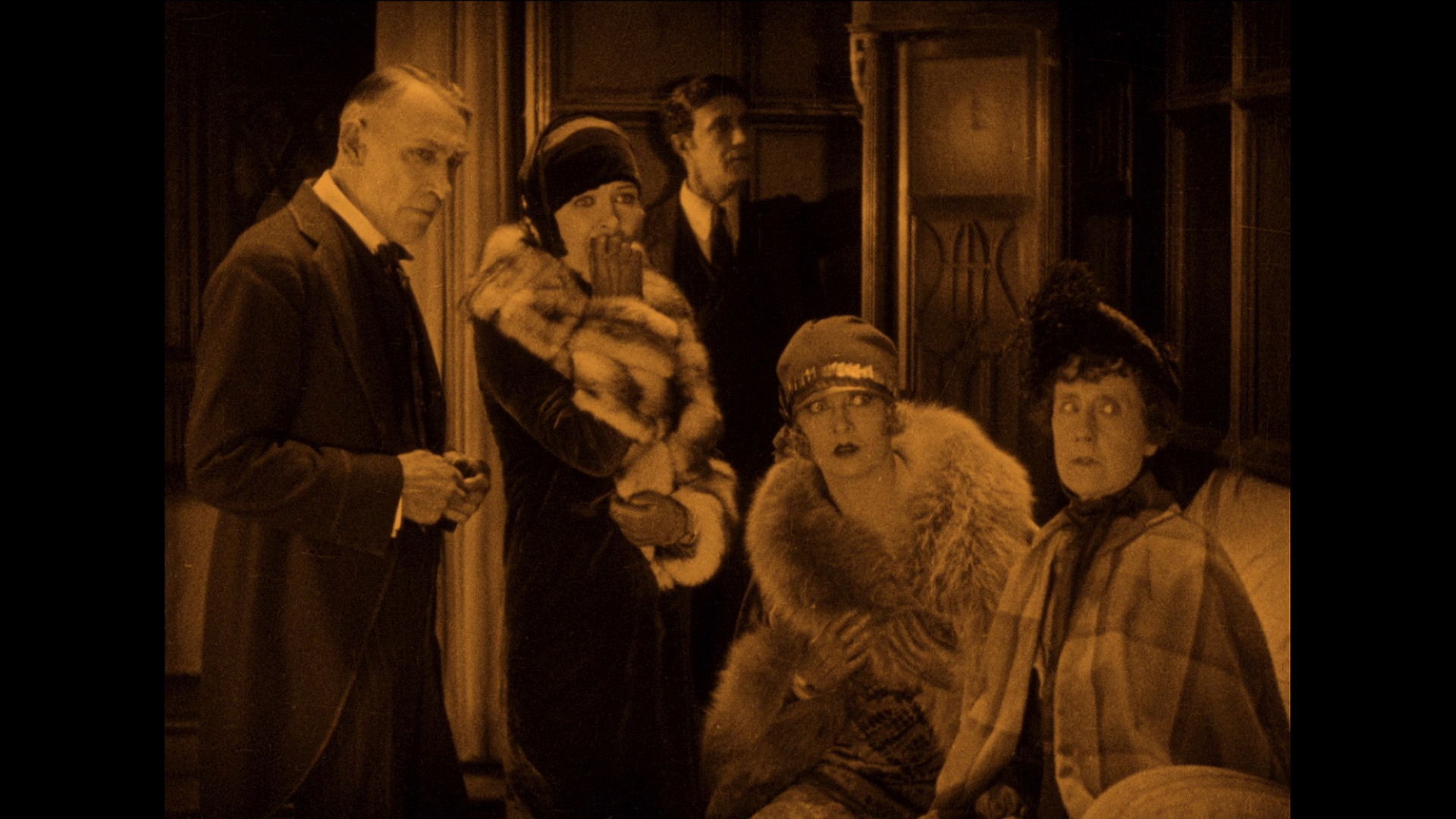 the supposedly unopened safe. At midnight, all of the relatives congregate with the last to arrive being niece Annabelle West, who becomes the sole recipient of the inheritance including a tip-off to the location of the legendary missing family diamonds. The night is quickly disrupted by the arrival of a guard who informs them that an escaped lunatic with sharp, cat-like nails is on the loose and prowling the area, and when the first murder occurs, everyone begins to doubt Annabelle's sanity -- which also happens to involve a clause in the will. Who will survive until morning, and what is the murderer's secret?
the supposedly unopened safe. At midnight, all of the relatives congregate with the last to arrive being niece Annabelle West, who becomes the sole recipient of the inheritance including a tip-off to the location of the legendary missing family diamonds. The night is quickly disrupted by the arrival of a guard who informs them that an escaped lunatic with sharp, cat-like nails is on the loose and prowling the area, and when the first murder occurs, everyone begins to doubt Annabelle's sanity -- which also happens to involve a clause in the will. Who will survive until morning, and what is the murderer's secret?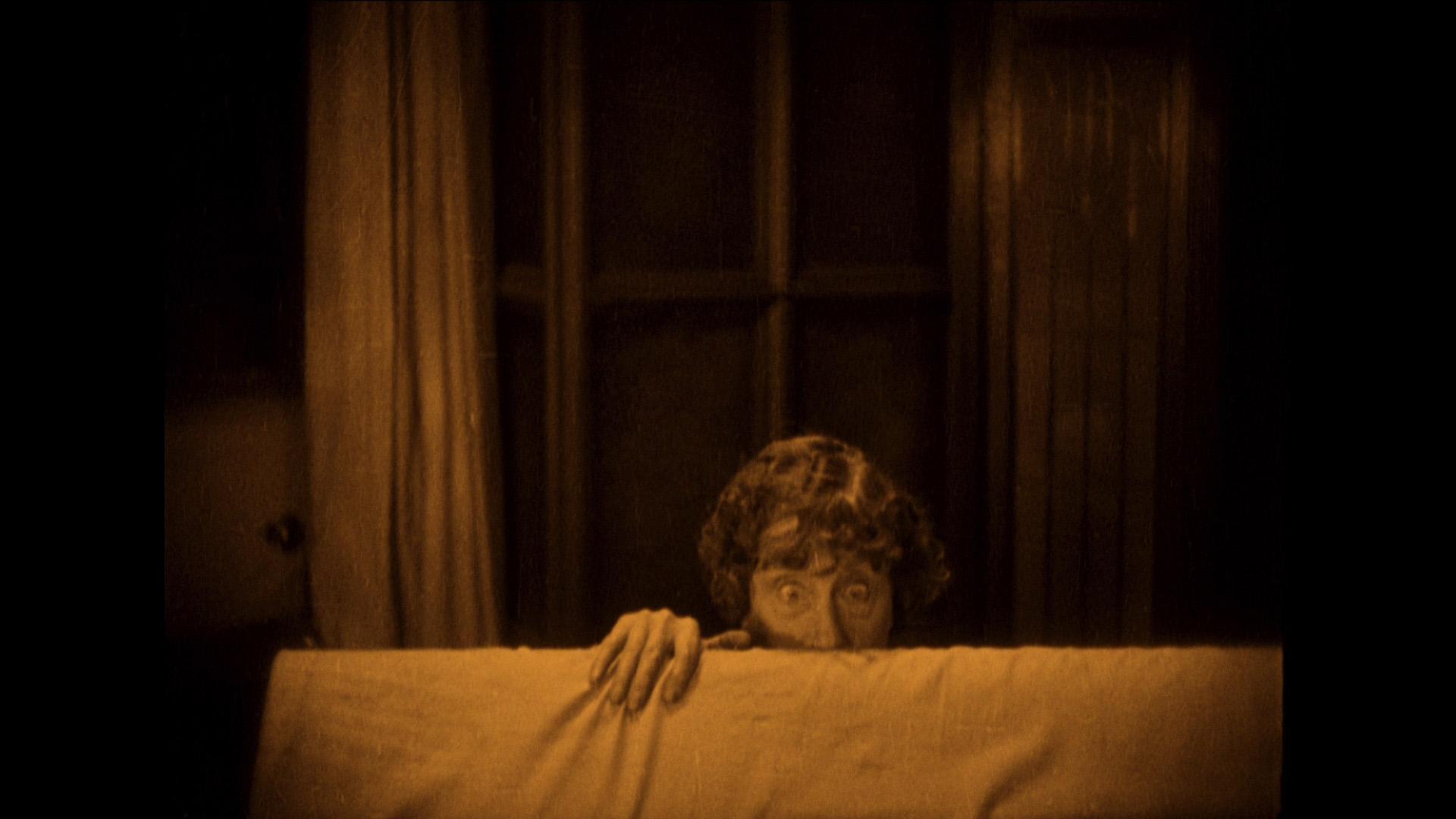 the way for decades of genre classics to come from the studio with this one serving as a very clear influence on
the way for decades of genre classics to come from the studio with this one serving as a very clear influence on 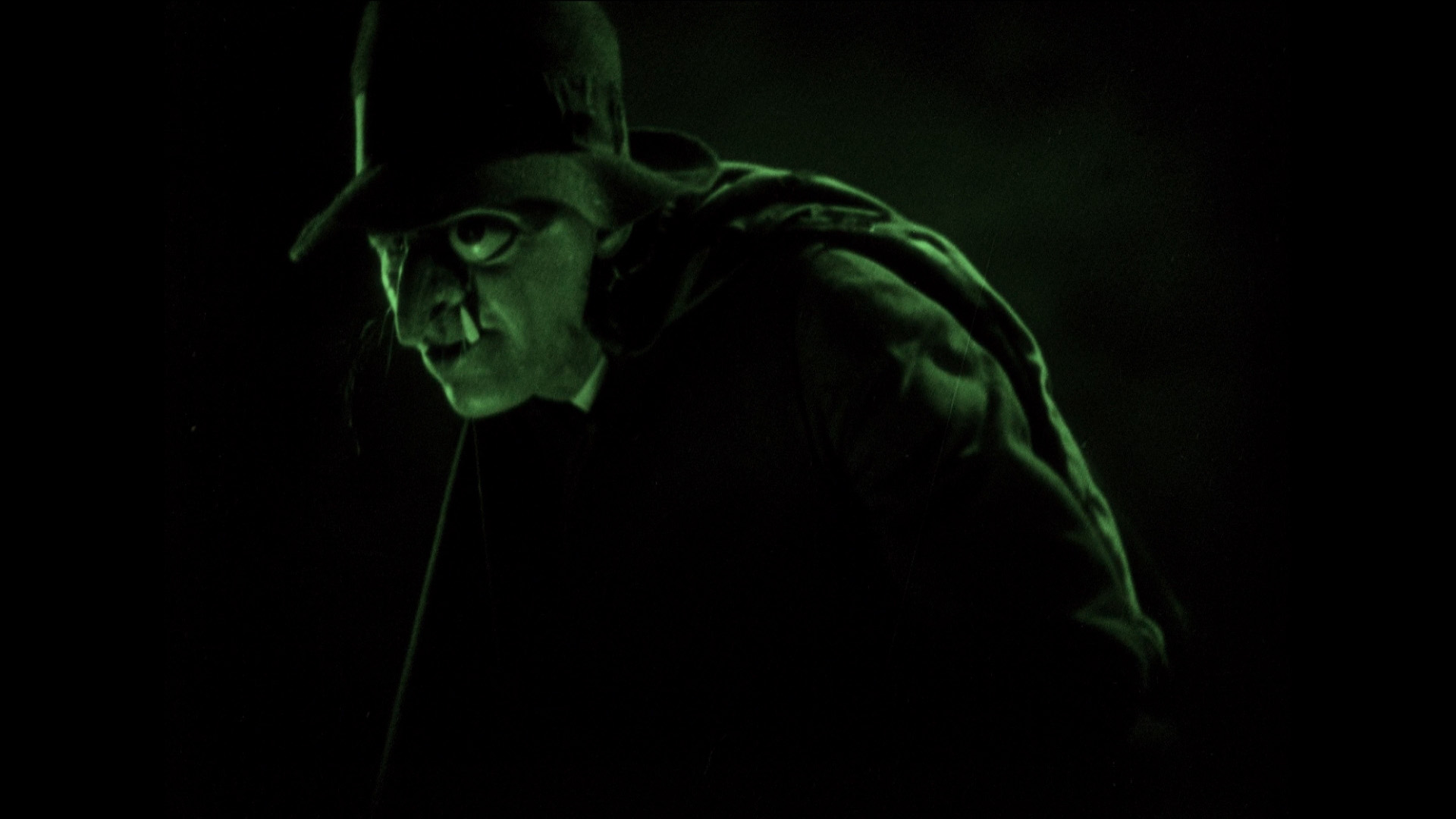 many major titles.
many major titles. 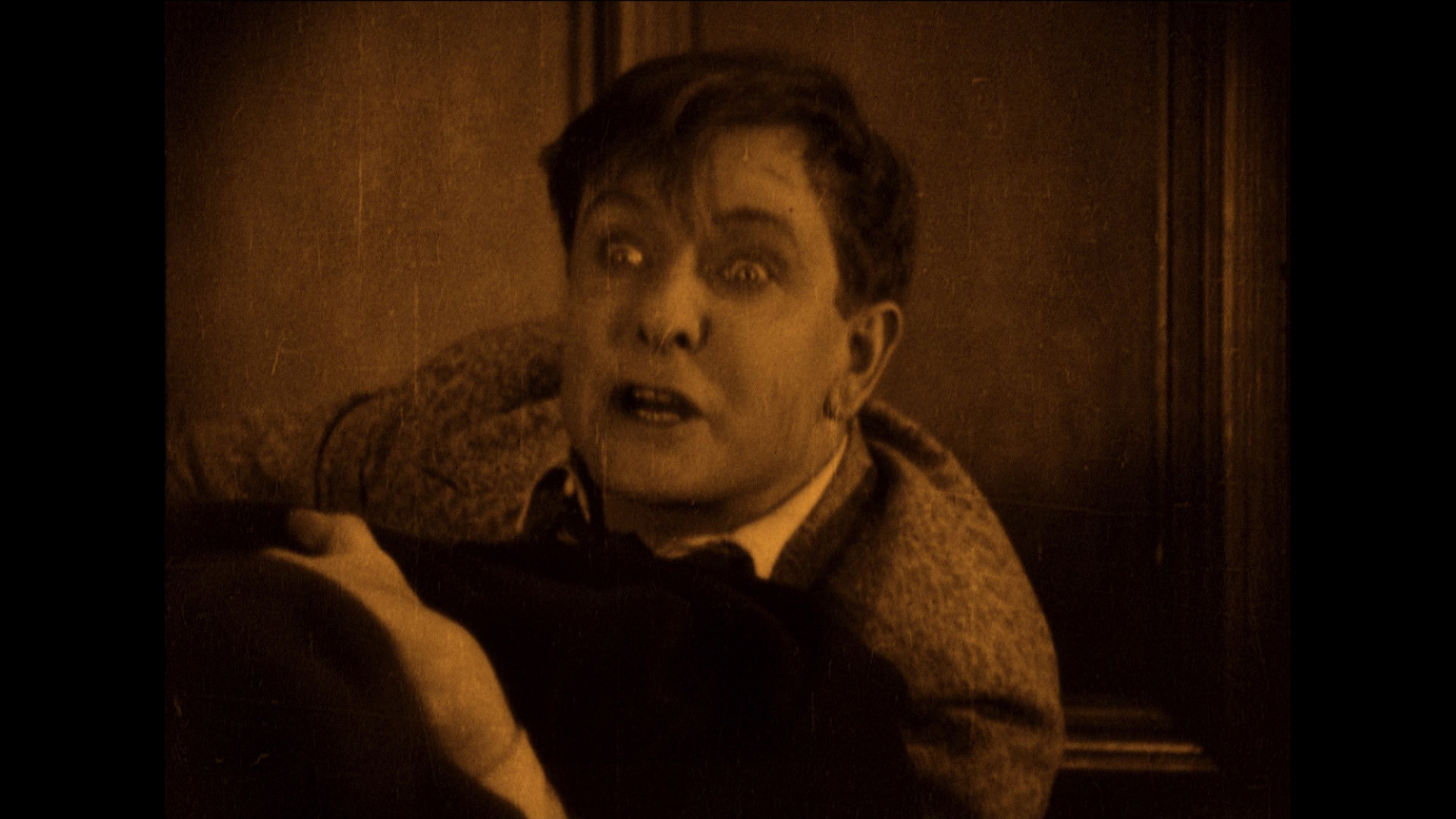 touches as well (that door knocker!). The film is also augmented with two new audio commentaries,
touches as well (that door knocker!). The film is also augmented with two new audio commentaries, 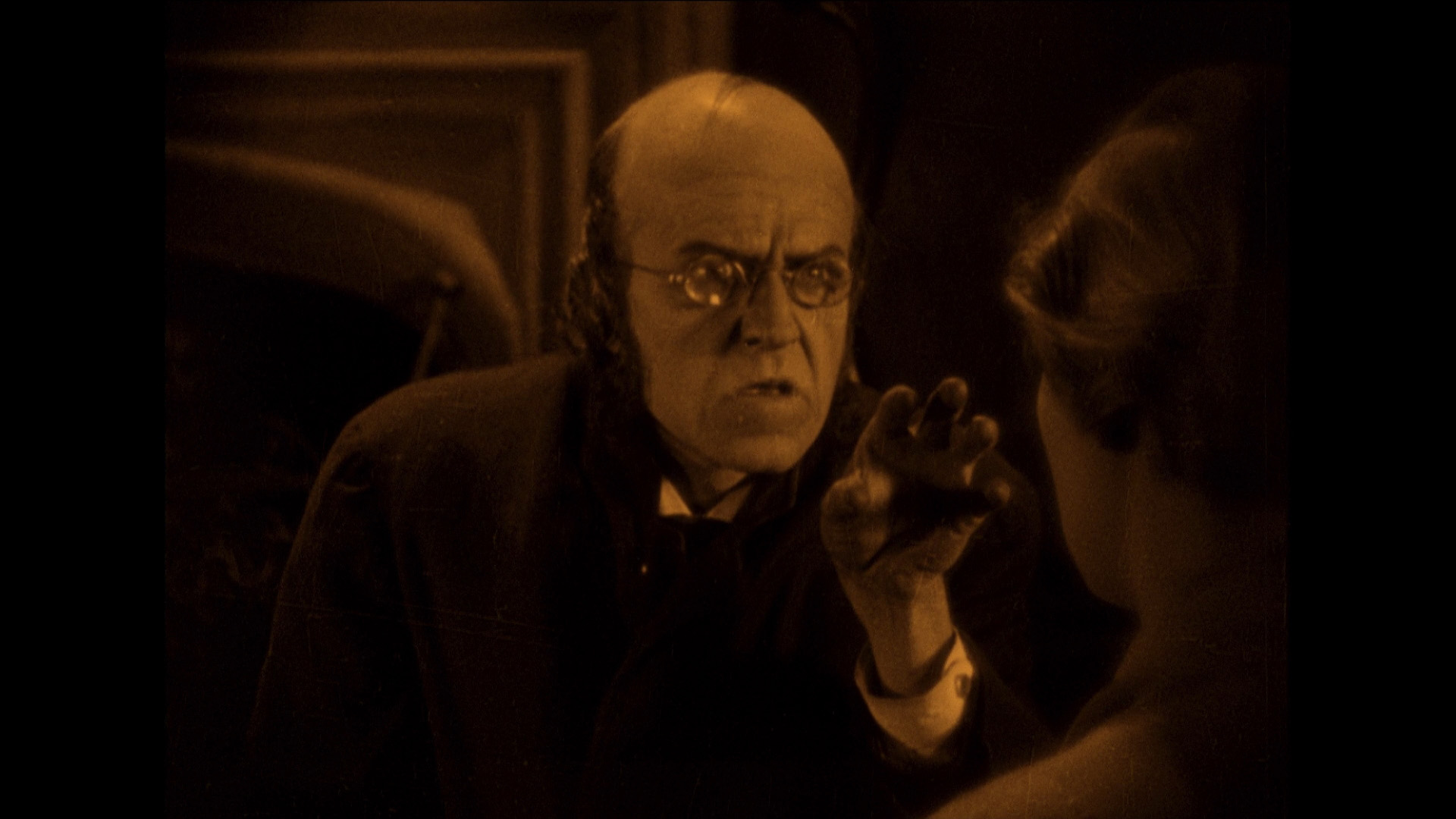 both featuring familiar and welcome pairings: Stephen Jones and Kim Newman, then Kevin Lyons and Jonathan Rigby. All of them have great gusto here as they dive into the prototype for Universal Gothic horror, the popularity of the stage play, the use of camera fluidity, Leni's career, recurring visual motifs in this film and subsequent Universal horror, and plenty more. Don't skip either of 'em. In the featurette "Mysteries Mean Dark Corners" (29m2s), David Cairns and Fiona Watson contextualize this feature within the tradition of old dark house plays and early films preceding this one going back well more than a decade (including The Bat), though most of them are of course lost and/or forgotten today, as well as its successors. An interview with writer-critic Pamela Hutchinson (13m4s) explores the mixture of theatrical comedy and German Expressionism that collided here with giddy results, while an informative discussion by film critic Phuong Lee (9m11s) about the film's genesis with Laemmle and onetime set designer Leni's enthusiasm for tackling an English-language project, as well as the director's background leading up to this film. Also included are two new audio dramatizations of bits from the play, "A Very Eccentric Man" (3m11s) and "Yeah, a Cat!" (2m15s), and an amusing Lucky Strike cigarette ad endorsement by Leni. Packaged in a limited edition slipcase with art by Graham Humphreys, the release also comes with an insert booklet featuring essays by Richard Combs, Craig Ian Mann, and Imogen Sara Smith.
both featuring familiar and welcome pairings: Stephen Jones and Kim Newman, then Kevin Lyons and Jonathan Rigby. All of them have great gusto here as they dive into the prototype for Universal Gothic horror, the popularity of the stage play, the use of camera fluidity, Leni's career, recurring visual motifs in this film and subsequent Universal horror, and plenty more. Don't skip either of 'em. In the featurette "Mysteries Mean Dark Corners" (29m2s), David Cairns and Fiona Watson contextualize this feature within the tradition of old dark house plays and early films preceding this one going back well more than a decade (including The Bat), though most of them are of course lost and/or forgotten today, as well as its successors. An interview with writer-critic Pamela Hutchinson (13m4s) explores the mixture of theatrical comedy and German Expressionism that collided here with giddy results, while an informative discussion by film critic Phuong Lee (9m11s) about the film's genesis with Laemmle and onetime set designer Leni's enthusiasm for tackling an English-language project, as well as the director's background leading up to this film. Also included are two new audio dramatizations of bits from the play, "A Very Eccentric Man" (3m11s) and "Yeah, a Cat!" (2m15s), and an amusing Lucky Strike cigarette ad endorsement by Leni. Packaged in a limited edition slipcase with art by Graham Humphreys, the release also comes with an insert booklet featuring essays by Richard Combs, Craig Ian Mann, and Imogen Sara Smith.![]()